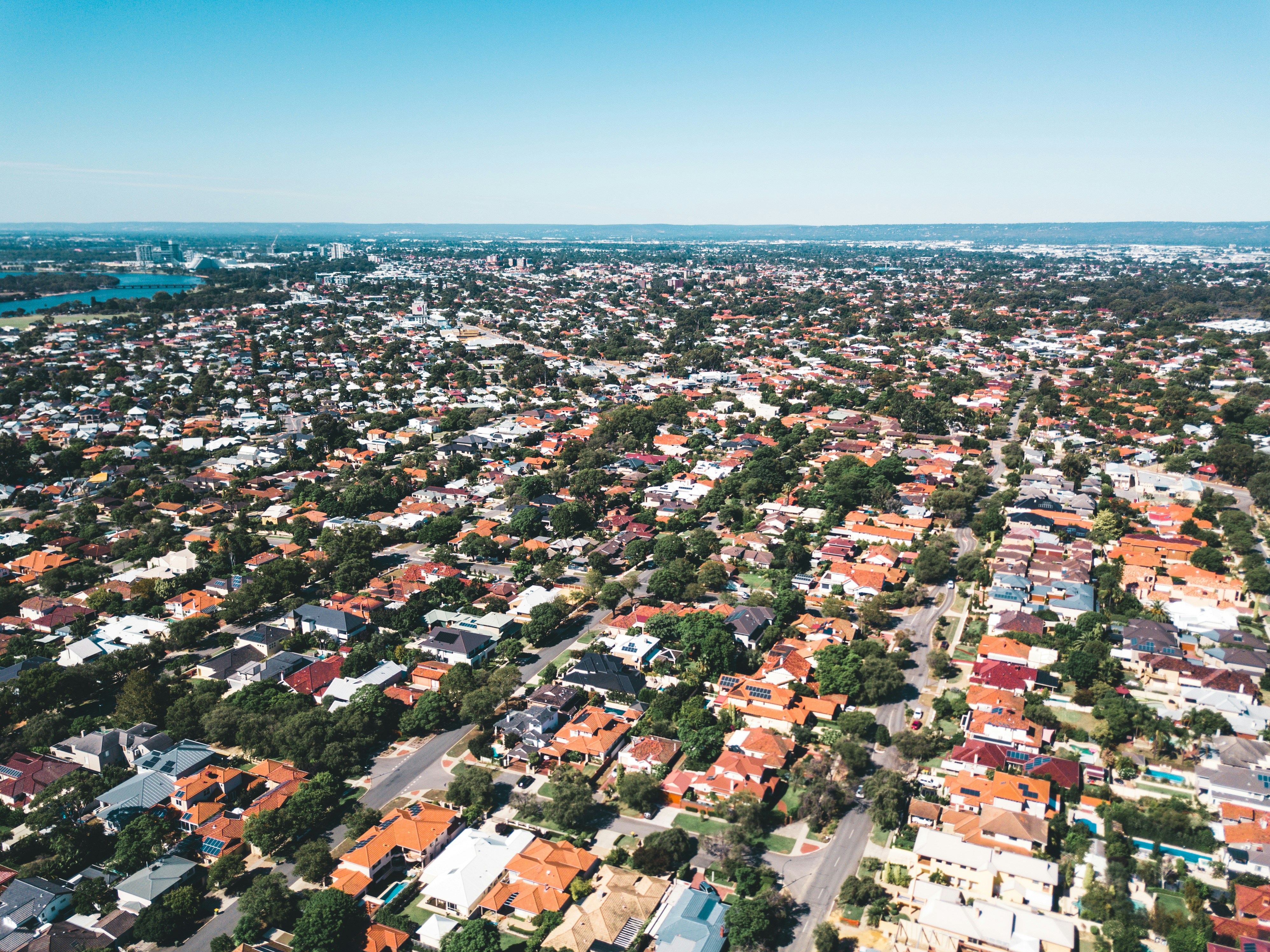There are always two sides to every story. Right now, the biggest story for property investors is increasing interest rates — and the flip side to that is rising rental values.
Let's explore how rents are moving across the country and how surging rents amid a tight rental market will impact property investors.

- Australia’s housing market has shot past the $10 trillion mark, with performance in the past 2 years recording the fastest price boom seen in 40 years.
- House price growth in regional Victoria and NSW was faster than the growth seen in their capital city counterparts over the year to March 2022.
- In a rare media interview, RBA governor Philip Lowe reveals he isn’t sure how high interest rates could go, but said it’s "reasonable" to expect interest rates to hit 2.5%.
- 38% of mortgage holders are currently on a fixed rate, according to RateCity.
- $131 billion worth of fixed-rate mortgage terms from CBA, Westpac and NAB are due to expire in the 2nd half of 2023.
- CBA alone has $53 billion of fixed loans ending in July - December.
- However, CBA borrowers are relatively well-placed to face any “mortgage cliff”, with half of them more than 3 months ahead of their home loan repayments.

Diving Deeper
- Across the board, median rents for both property types increased in May, according to Rent.com.au data. However, property investors are generally enjoying better rental growth for units than houses.
- For units, rental growth was the strongest in Darwin at 4.8%. For houses, Melbourne took the lead at 2.2%.
- In regional markets, weekly rents jumped by 2.2% in May, to a median of $460. Regional Tasmania saw the highest growth of 5% over the month to $420 per week. Regional NSW & Victoria recorded rental growth of 2% and 2.6% respectively in May.
- Securing a tenant is also taking less time. Sydney house owners are seeing their properties snapped up the fastest, taking an average of only 10 days to be leased. This is 8% faster than May 2021.
- Melbourne houses and units are taking the longest to rent out, staying on the market for 21 days and 24 days respectively. However, unit stock is moving 43% faster since May last year; this is the strongest reduction of time on market across all capital cities.
- Both houses and units in almost all capital cities are now faster to lease out compared with 12 months ago. Only Brisbane houses recorded no change in time on market in the past year.
- Brisbane is the market where units take the shortest time to lease out, at just 13 days, which is 37% faster than last year.

Source: Rent.com.au
What does this mean for you?
- Clearly, Australia is in a landlord’s market. The national vacancy rate is 1%, according to Domain, and it’s the lowest since Domain began records in 2017. There are fewer than 20,000 empty properties across the combined capitals. Fewer available properties to rent means more competition between the growing pool of tenants looking, placing landlords in favour.
- One cause of this is the withdrawal of landlords from the market. Many property investors sold during COVID-19, mostly to owner-occupiers which only reduced the level of rental stock. What’s more, for some, falling property prices and reduced borrowing power (from rising interest rates) may also be a disincentive to buy an investment property. Additionally, with the borders reopening, we’re seeing an influx of not just migrants and international students, but also tourists. Many investors are converting their long-term accommodation to short-term rentals, through platforms like Airbnb.
- One trend we expect to see is fewer 12-month or longer term leases. Landlords will want to opt for shorter term leases so they can capitalise on red-hot demand. Meanwhile, tenants will want to lock in longer term leases of 2 to 3 years to avoid facing the prospect of a rent hike and competing with other tenants.
- The current rental market is putting landlords in the box seat to lift rents. Property investors are relatively well-positioned to weather future cash hikes. They:
- can tap into existing property equity to borrow further
- have growing rental income
- have negative gearing tax offsets to support cash flow
- All this means they’ll be less impacted by rate rises than owner-occupiers. However, interest rate rises will have a bigger impact on investors with larger mortgage debts.
- Inner city units in Melbourne have suffered dramatically, with rents falling the hardest during the lengthy lockdowns in 2021. However, Melbourne’s rental market has also shown the fastest recovery with the fastest house rent growth and the strongest reduction of time on market. Migrants and international students are one of the biggest drivers of demand in our biggest capital cities’ inner pockets, and Melbourne will be one of the first to benefit.
Prices at a glance
Houses

Units

Brisbane, Adelaide and Hobart saw values climb across both houses and units. For a second month in a row, Adelaide property values grew the fastest across the capital cities for both houses & units.
Over the year, Sydney’s median house price eased from 17.1% in April to 12.0% in May. Melbourne’s house prices saw a comparatively steadier decrease rate in the past 12 months, from 10.1% down to 6.9%. Brisbane’s annual house value growth also slowed but is still above 30%.
Interestingly, across all markets except Adelaide and Darwin, unit markets performed better than that of houses.
The capital city average values are starting to decline in both house and unit markets. Regional dwelling prices are still growing, albeit at a slower pace of 0.5% in May compared to 1.4% in April.












